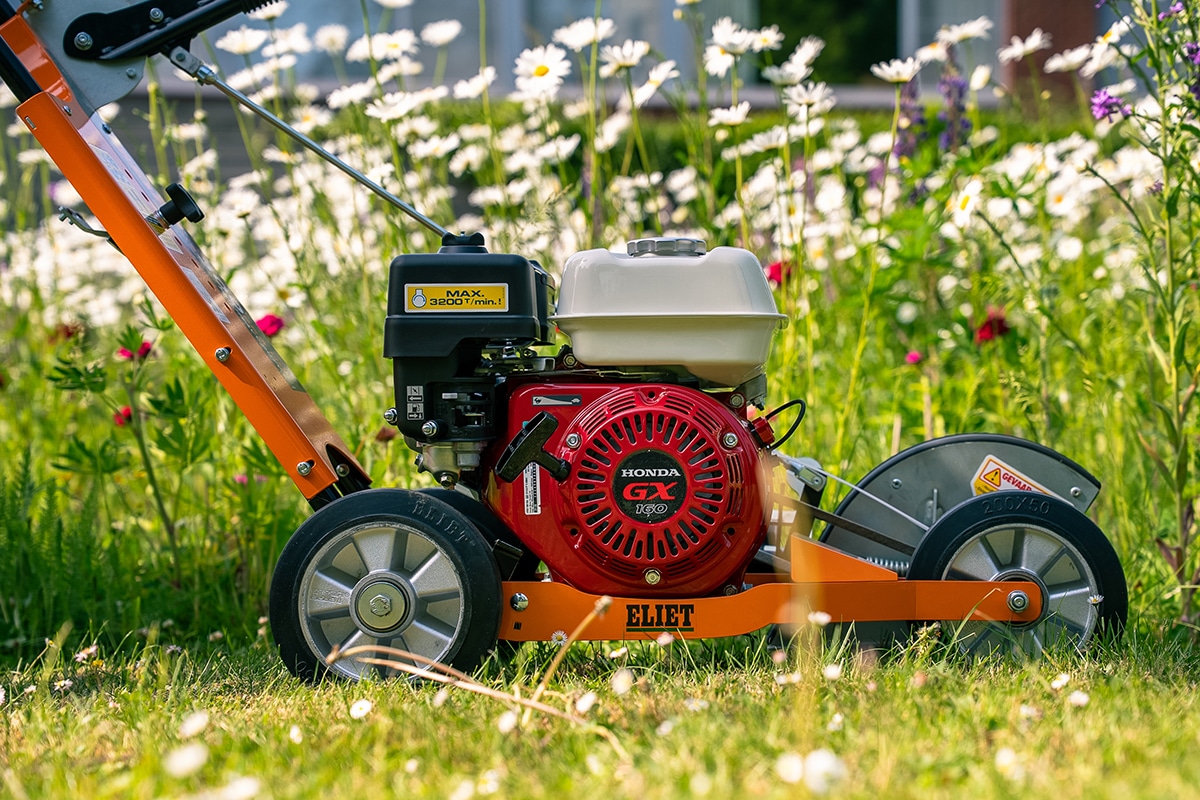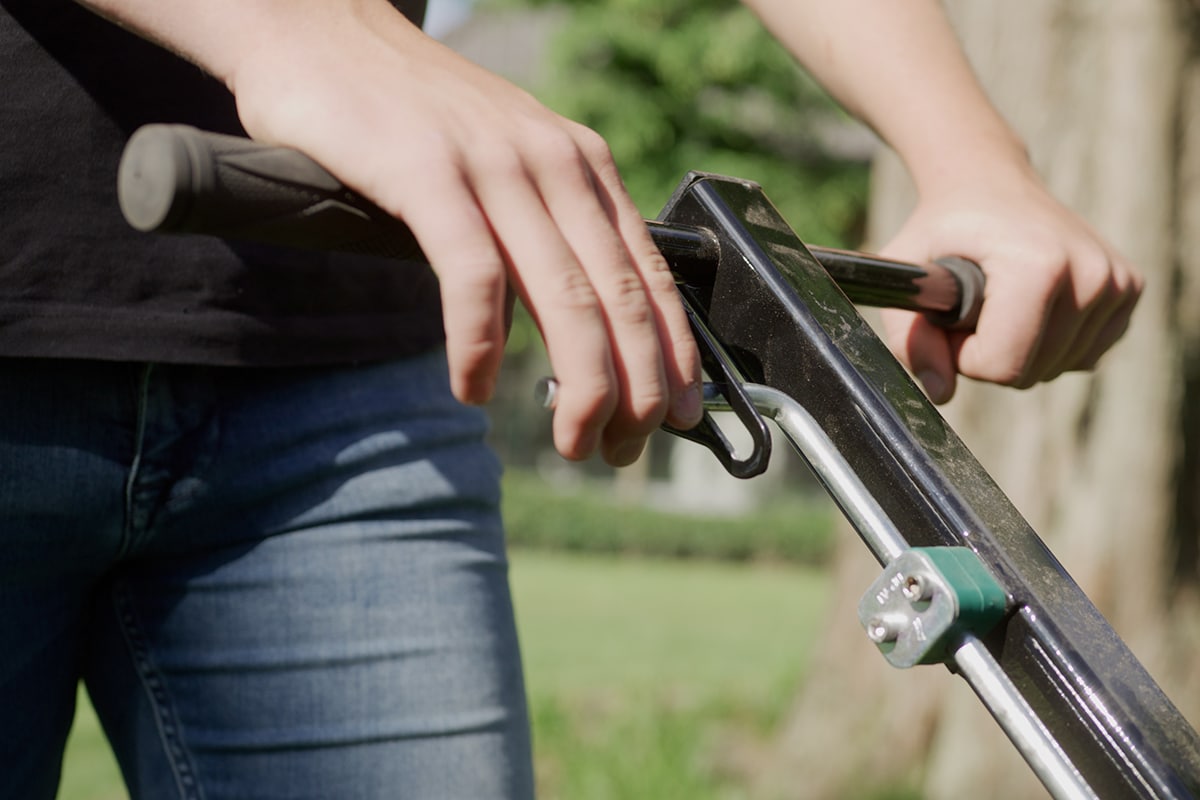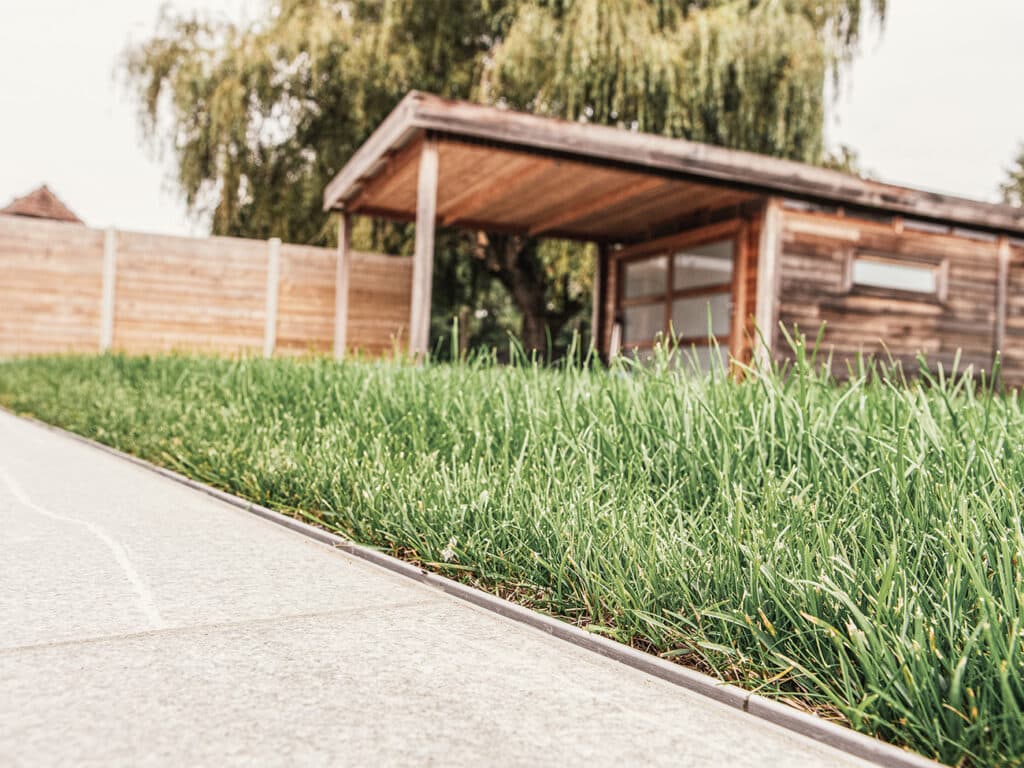
Four statements about drainage. True or false?
Water is blue gold. Especially during periods of prolonged drought it is noticeable how poorly our water management is. Yet the problems also show themselves when it does rain. The consequence of drought is that soil and sewage systems have a harder time coping with increasingly intense showers. Starting from four common assumptions, Karolien Vanovertveld of ACO explains the importance of good water management.
"Terrace drainage is unnecessary"
Not true. "According to the rules of the art, a terrace slopes down about two percent, usually towards the garden. If you allow water to flow into the garden in such a case without a drainage channel, then locally, along the edge of the terrace, it suddenly gets to swallow a lot of water. Especially when the showers are intense or prolonged, this can result in a soggy lawn."
"On the other hand, if you place a drainage channel at the lowest point of the patio, you collect rainwater and can regulate its discharge. This can be done by allowing the water to drain directly into the sewer system, but equally by connecting the drain to a rainwater tank or infiltration facility."
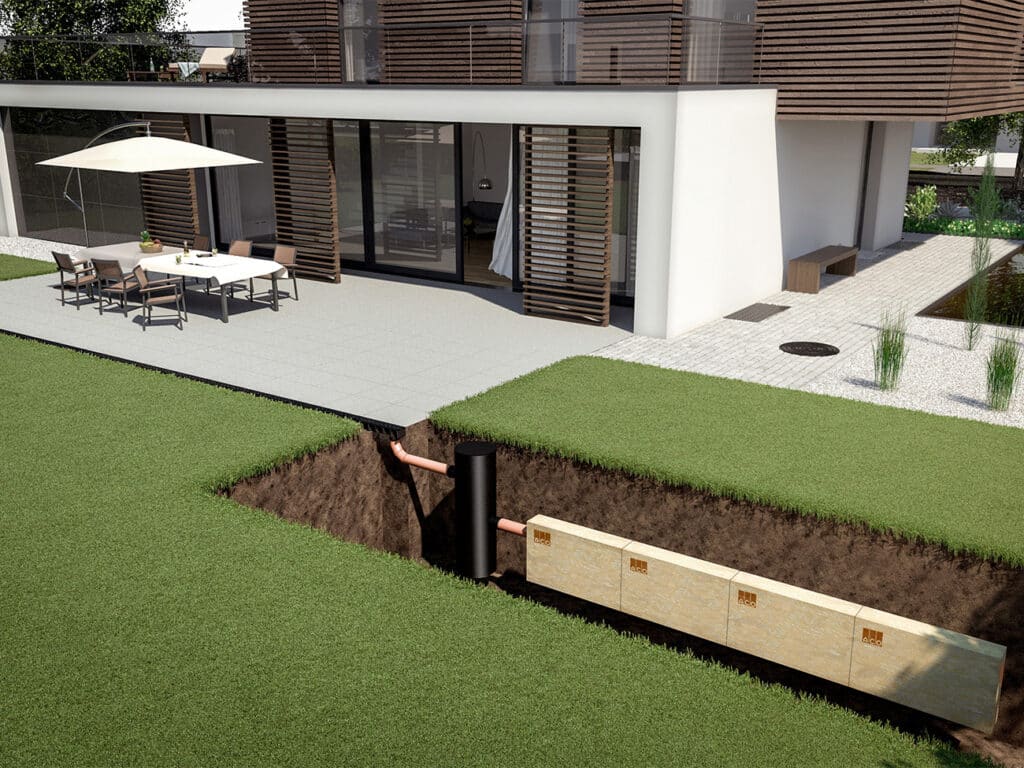
"Rainwater best kept on own property"
True. "Indeed, local stormwater treatment is always preferred for several reasons. First, water is a scarce resource today. Draining usable water through sewers is by no means an environmentally friendly solution. Moreover, sewers can become overloaded during heavy rainfall, leading to flooding. Reusing rainwater, on the other hand, relieves pressure on the drinking water network, while gradual infiltration ensures that groundwater levels are maintained. Two necessary interventions to safeguard our environment and our water supply."
For rainwater reuse, it is enough to connect drains to the stormwater system; for local infiltration, there are different solutions. "The concept is always the same: store water and gradually release it back to the soil. Infiltration crates, such as our Infiltra 2.0, are the best known solution for this. With a 60x60x60 centimeter plastic crate, lined with geotextile and connected to the drain, you can buffer up to 205 liters of water."
"Additionally unique is our Infiltration Line. This system uses rock wool blocks to absorb water and then quietly release it. It was designed entirely in line with the Flemish regulation on infiltration and has a buffering capacity of over 112 liters per block. Moreover, with a size of 100x20x60 centimeters, digging a narrow trench here is sufficient."
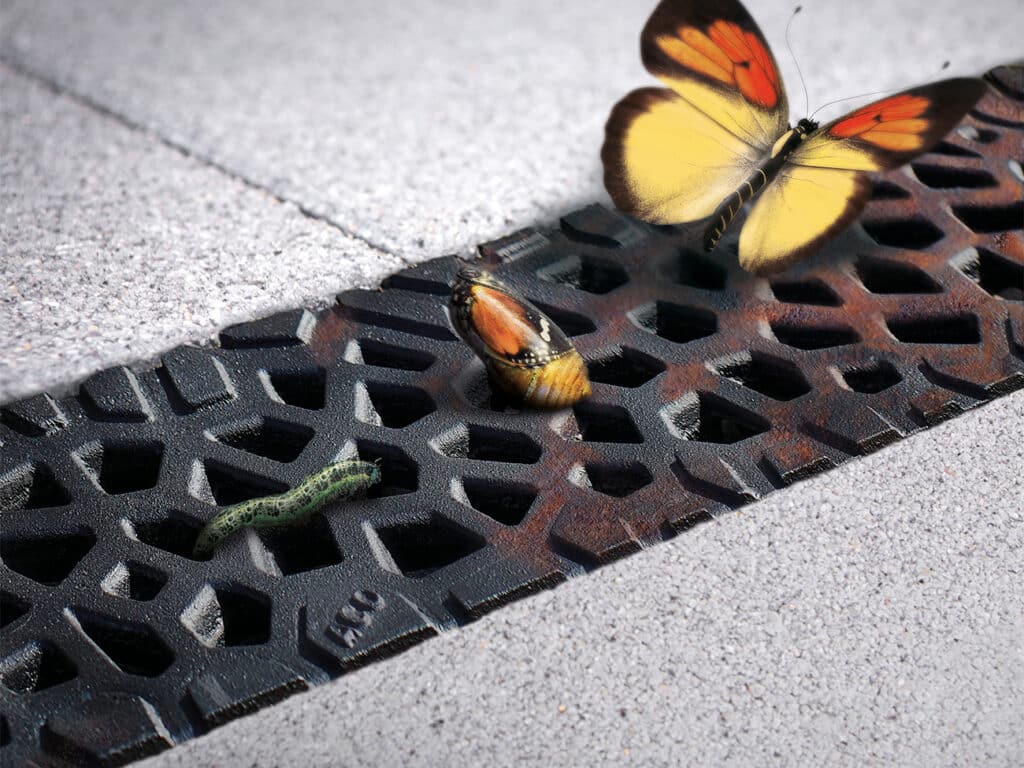
"Drains are functional but not aesthetic"
Not true. "It goes without saying that a drainage channel must be functional. After all, it must be able to drain water adequately and efficiently. But that doesn't mean it has to be an eyesore for the occupant. Our range is so extensive that even the most seasoned designer will find something to his liking."
Classic grating gutters, for example, are available in a variety of colors and materials. "Galvanized steel, cast iron and stainless steel are all among the options, and different coatings also allow you to perfectly coordinate the color of the grating with, for example, patio cladding or joinery. Also available are narrower gutters of 6 instead of 10 centimeters, and design versions such as the cast iron Euroline Voronoï grating." And then there are the subtle, practically invisible slotted gutters. "Although the gutter itself is still 10 centimeters wide, only a 1.6-centimeter slot is noticeable on the terrace."
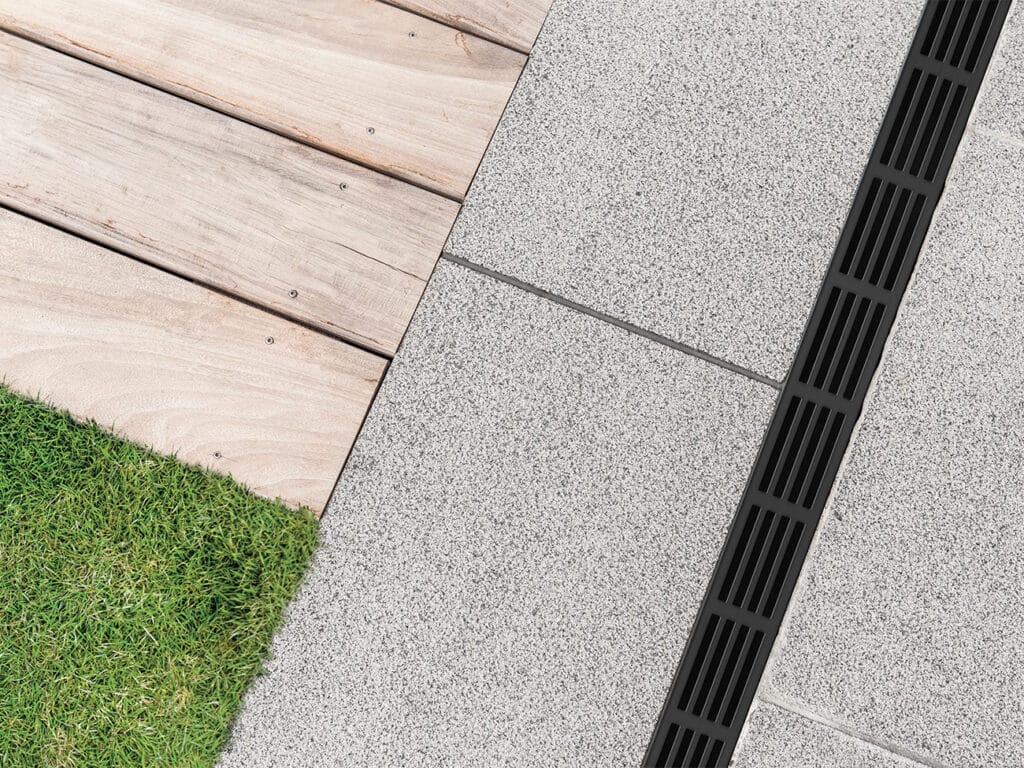
"Trench gutters are not low maintenance"
Not true. "Compared to a grating gutter, where you can simply lift the grating to clean the gutter, it does require some adaptation. With a slotted gutter you therefore provide an access hatch at the beginning and end, and with long gutters possibly also in between. We supply the necessary materials for this, which can be perfectly finished with the same terrace covering. It then suffices to open the access hatch, remove any dirt and rinse out the gutter with the garden hose."
